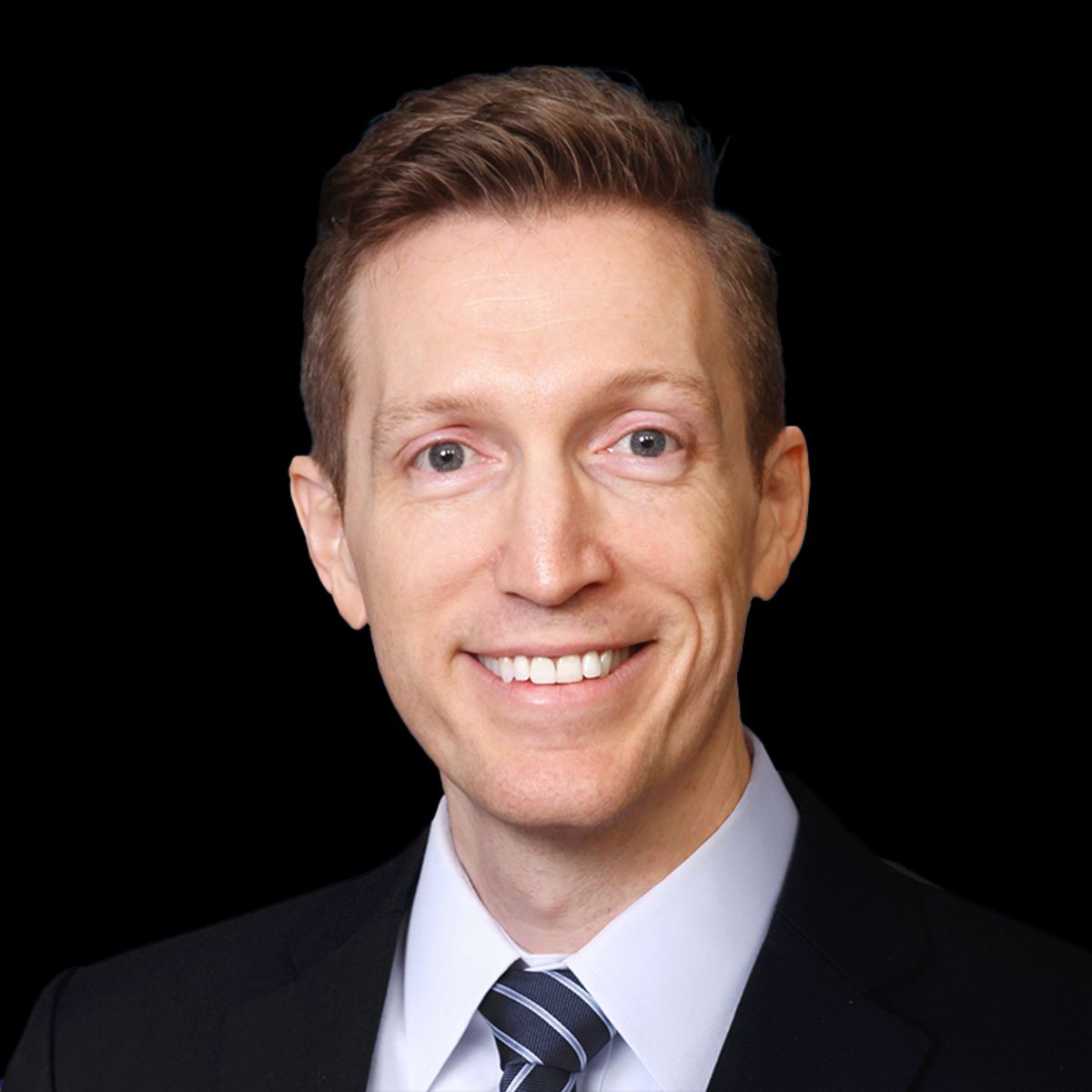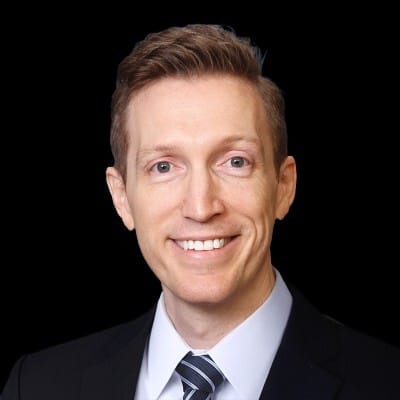
From Long Lines to One-Tap Checkout: The Shift That Turned Shopping Into a $30B Growth Engine
Most growth stories follow predictable patterns. Rick Ton's doesn't. The former Meta Senior Director of Business Growth Marketing has spent 20 years turning "impossible" numbers into reality—from transforming a simple hackathon project at Sam's Club into a $30 billion revenue stream to leading 80+ person growth teams at one of the world's largest tech companies.
In a recent conversation, Ton shared the frameworks and tactics that separate plateau from breakthrough, revealing why most founders fail at the moment of truth.
The $30 Billion Lesson: When 10% Isn't Enough
Ton's most striking success came from an unlikely place: Sam's Club's Scan and Go feature. What started as a weekend hackathon by two engineers became responsible for roughly one-third of the retailer's total revenue within four years.
But the path wasn't linear.
"The first generation of users—digitally natives—represented about 10% of our total addressable market," Ton explains. "That first 3-5% adoption happened pretty quickly because they understood the value proposition. But then we hit a wall."
The plateau looked permanent. High retention rates (80% of users returned) and strong engagement among early adopters masked a fundamental problem: trial rates had flatlined. The team needed to crack the mainstream market, not just serve the converted.
Their solution? Complete sensory disruption.
"We literally had people dressed in superhero costumes. We were piping in rotisserie chicken smells. We put signs on every high-frequency item saying 'download this app,'" Ton recalls. "But the most successful tactic was simple: whenever lines got big, we gave associates tear-away cards with $5 credit. We told people: 'You can wait 10 minutes, or you can use this app next time.'"
The lesson isn't about costumes or chicken smells. It's about recognizing when your growth engine has fundamentally shifted gears—and being willing to completely reimagine your approach.
The "Good Money, Bad Money" Framework
Ton operates with two distinct frameworks depending on company stage, but both center on a simple distinction: good money versus bad money.
Good Money: Investments in longitudinal growth that create lasting value. At Sam's Club, this meant converting offline shoppers to online because data showed they became more valuable customers long-term.
Bad Money: Spending effort on low-scale activities without clear success metrics. "I always ask people: what's your time worth, and what's your success metric going to be?"
The framework extends beyond budget allocation. Ton shared an example of a team member who wanted to launch a campaign to one million users asking them to update contact information. When pressed for expected results, she hadn't considered conversion rates, open rates, or the value exchange.
"Don't be shy about creating very loose definitions of what success and failure look like," Ton advises. "You'll get better over time."
The Testing Trap Most Founders Fall Into
When asked about validating product-market fit, Ton's advice cuts against conventional wisdom: "Print it out and show it to random people on the street."
The insight isn't about street testing—it's about ego management.
People try to defend their ideas, which I think is ridiculous. If someone's going to give you their time, you should be able to accept their feedback and listen.
Ton's approach to validation centers on cohort analysis and brutal honesty about time horizons. "Some things are just really bad ideas. You have to hold parameters of what failure looks like and when you're going to pivot."
His test for founders: define both your success metric and your failure metric upfront. If you can't articulate what bad looks like, you're not testing—you're just hoping.
The Pricing Psychology That Changes Everything
One of Ton's most counterintuitive insights involves pricing strategy. When working with a moving and storage startup that needed to raise prices significantly, conventional wisdom suggested gradual increases to avoid customer shock.
Instead, Ton advocated for market-first thinking: "You have to benchmark the marketplace first. Pay someone to call all the other businesses and get quotes. Understand where you sit."
The broader principle: founders often think linearly about their businesses when markets are fundamentally comparative. "Part of being in a capitalist society is you have competitors. If you're going to offer a premium service with premium pricing, you have to understand who's in that category and willingness to pay."
His rule: be realistic about your positioning, or accept single-digit margins that require Walmart-scale volume to generate meaningful profit.
The 25% Rule That Changes Leadership
Perhaps Ton's most practical insight involves hands-on leadership. For the past decade, he's maintained a personal rule: spend 25% of his time doing individual contributor work alongside his team.
"Most leaders and founders aren't as hands-on. They don't have explicit knowledge in their areas," he explains. "You have people on your team who have that day-to-day knowledge."
This isn't about micromanagement—it's about information flow. "You want ideas to come from anywhere, and you also want people to speak openly and freely. If you're just top-down, you're likely missing a bunch of things."
The 25% rule forces leaders to maintain technical competency while creating psychological safety for bottom-up innovation.
The Growth Truth Every Founder Needs
When asked what he'd tattoo on every founder's arm, Ton's answer was immediate: "Get the number. Set the number and then get the number."
But he quickly clarified: "It's not just revenue. What's a quality interaction? How much time on site? What are the things that's really going to drive a healthy business?"
His example: working toward a seemingly impossible 30% goal year after year. "I kept saying there's no chance I'm going to get that. But I wouldn't let myself be a naysayer. You have to set parameters of what success looks like and be thoughtful about what it's going to take to get there."
The meta-insight: most founders give up precisely when breakthrough becomes possible. The difference between plateau and breakthrough often comes down to persistence through discomfort, not clever tactics.
The Contrarian's Cookbook
Ton's unconventional background—he runs monthly supper clubs for 50+ people from his Bay Area home—might seem disconnected from growth marketing. But he sees direct connections.
"The most noble thing you can do is feed someone," he reflects. "It helps balance things out because most people just use their minds. If you use your hands, it opens up mental capacity."
The principle extends to his professional approach: hands-on work creates mental space for strategic thinking. Physical creation informs digital growth. Feeding people teaches you about genuine value exchange.
I fail at least 50% of the time on the things I do. But I'm very deliberate, and I try to fail in small measures.
The Bottom Line: Growth isn't about finding the one perfect tactic. It's about building systems that help you fail fast, learn faster, and persist through the uncomfortable middle ground where most founders quit.
Rick Ton's career demonstrates that breakthrough often requires exactly the kind of creative disruption—superhero costumes and all—that feels too risky in the moment but obvious in hindsight.
Rick Ton is a growth marketing executive with 20 years of experience driving billions in revenue growth at companies like Meta, Walmart, Sam's Club, and Under Armour. During his 3+ years at Meta, he led an 80+ person growth marketing team and added over $2B in value through initiatives like Opportunity Score. He currently serves as a strategic advisor to CoachFinder and is exploring new opportunities with leading companies. You can connect with him on LinkedIn or visit rickton.me.
Leadership That Doesn’t Cost You Your Health or Sanity? It’s Possible.
They say leadership costs. Your health, your relationships, your peace of mind. You're told the hustle is the only way to the top, even if it leaves you burned out, empty, and wondering, "Is this it?"
You've been lied to.
Steve Baue was a high-flying VP who paid that price. He had the first-class tickets, the international meetings, and the title most people dream of. He also had a breakdown at 30,000 feet that made him realize his success was hollow and his soul was crying out for help.
In this episode, discover:
The 4 Pillars of Burnout-Proof Health
Why a vacation won't fix you
Escaping the "mimic" trap leaders fall into
The hustle culture lie that's destroying executives
Key moments:
15:36 - From Global VP to burnout victim: Steve's story
22:27 - Your brain on burnout is a phone in low-power mode
35:22 - Six days after quitting, he got cancer
48:19 - The "step-down meeting" every CEO needs to have
Connect with Steve: stevebaue.com

Ready to Break Through Your Growth Plateau?
Rick Ton turned a weekend hackathon into $30 billion in revenue, but not before hitting a wall that seemed insurmountable. Steve Baue had the title, the first-class tickets, and the international meetings—until a breakdown at 30,000 feet forced him to confront the hollowness of his "success." Both leaders discovered a crucial truth: breakthrough requires fundamentally changing your approach, not just optimizing what you're already doing.
Rick's "good money vs. bad money" framework and Steve's burnout-proof leadership model didn't emerge from theory—they came from hitting plateaus that forced complete strategic evolution. Rick learned that reaching 10% adoption meant nothing if he couldn't crack the remaining 90%. Steve discovered that executive achievement means nothing if it costs you your health and sanity.
The pattern is clear: sustained success requires coaches who've navigated these transitions themselves and can help you evolve before the market forces change for you.
Discover your perfect coaching match at CoachFinder.ai
Get matched with top-tier coaches who specialize in:
Growth marketing transformation that moves beyond vanity metrics into sustainable revenue systems
Leadership burnout prevention and executive health optimization for high-performers
Go-to-market strategy evolution when your current playbook stops working
Team scaling and culture building that maintains innovation as you grow
Strategic pivots and market repositioning during growth plateaus
Executive decision-making frameworks that balance growth ambition with personal sustainability
Just like Rick learned to give up defending bad ideas and Steve discovered that vacation won't fix burnout, find the coach who can help you recognize when it's time to evolve your approach—before hitting your own 30,000-foot breakdown moment.

Training cutting edge AI? Unlock the data advantage today.
If you’re building or fine-tuning generative AI models, this guide is your shortcut to smarter AI model training. Learn how Shutterstock’s multimodal datasets—grounded in measurable user behavior—can help you reduce legal risk, boost creative diversity, and improve model reliability.
Inside, you’ll uncover why scraped data and aesthetic proxies often fall short—and how to use clustering methods and semantic evaluation to refine your dataset and your outputs. Designed for AI leaders, product teams, and ML engineers, this guide walks through how to identify refinement-worthy data, align with generative preferences, and validate progress with confidence.
Whether you're optimizing alignment, output quality, or time-to-value, this playbook gives you a data advantage. Download the guide and train your models with data built for performance.



